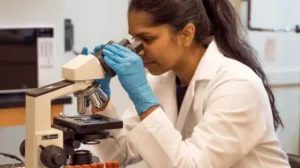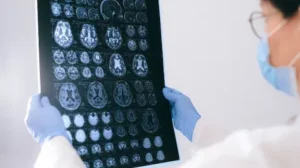30 years of post-traumatic epilepsy research: Where do we stand?
For decades, researchers have worked to unravel the mysteries of post-traumatic epilepsy (PTE), a form of epilepsy that emerges after a traumatic brain injury (TBI).
PTE accounts for up to 20% of acquired epilepsies and is difficult to treat. Patients often require multiple antiseizure medications, and many are not candidates for surgery. The condition can take years to manifest, making early diagnosis and intervention a challenge.
A recent publication reviewed potential therapies, including traditional antiseizure medications, plus new approaches like neurosteroids, epigenetic drugs, and network pharmacology.
“We’re moving beyond symptom control,” Texas A&M University neuroscientist Dr. Samba Reddy said. “We’re looking at disease modification, changing the trajectory of epilepsy before it starts.”
The search for biomarkers — measurable indicators of disease — is another frontier. From examining EEG patterns to molecular markers such as neurofilament light (a protein that helps support nerve cells and can indicate brain or nerve damage when found in blood or spinal fluid), researchers are identifying ways to predict who will develop epilepsy after TBI. Reddy explained that sleep patterns, especially disruptions in non-REM sleep, may serve as early indicators of the development of epilepsy.
Additionally, women often fare better after TBI. “Women may be less susceptible to PTE due to hormonal protection,” he said. “Understanding how sleep and sex hormones interact with brain injury could unlock new therapies.”
The study also outlines key barriers to PTE research such as low seizure incidence in animal models, lack of standardized protocols, and financial constraints. The review concludes with several recommendations to advance PTE research such as standardizing PTE models and protocols, tailoring treatment windows to underlying mechanisms, reporting all data, including negative results and conducting comprehensive epilepsy phenotype assessments. “We’re at a tipping point,” Reddy said. “With the right tools and teamwork, we can move from managing epilepsy to preventing it.”






